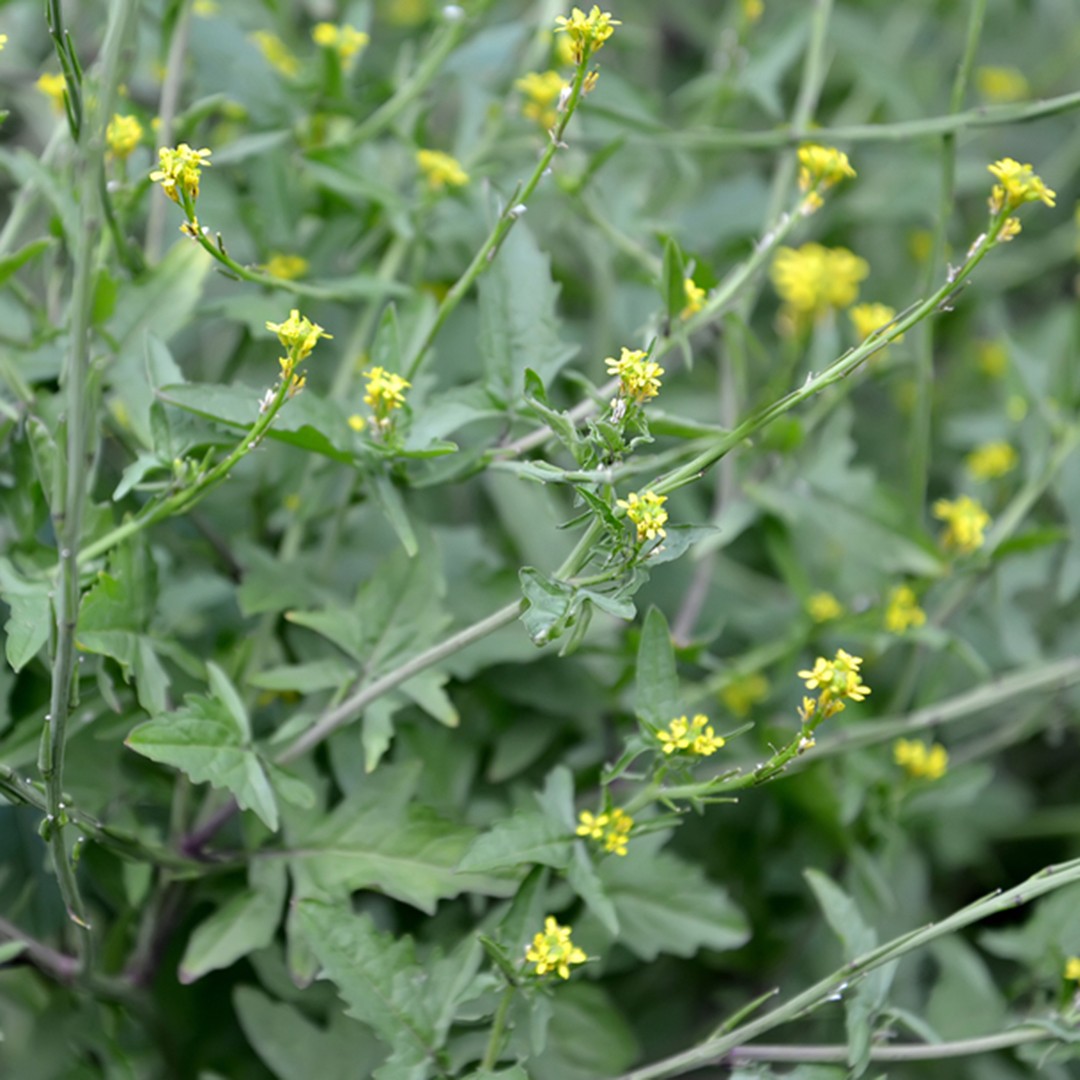Hedge Mustard: The Wild Superfood That's Good For Your Health
Title: Hedge Mustard: The Wild Superfood That's Good for Your Health
Introduction:
Hedge mustard is a wild edible plant that has been used for centuries for its medicinal and culinary properties. It is a member of the mustard family, and its scientific name is Sisymbrium officinale. Hedge mustard is native to Europe, Asia, and North America, and it can be found growing in a variety of habitats, including meadows, roadsides, and waste areas.
Hedge mustard is a nutrient-rich plant, and it is a good source of vitamins A, C, and K, as well as calcium, iron, and magnesium. It also contains a number of other beneficial compounds, including glucosinolates, which have been shown to have anti-cancer properties.
In recent years, hedge mustard has become increasingly popular as a superfood. This is due to its high nutritional value and its potential health benefits. Hedge mustard is a versatile plant that can be used in a variety of ways, both in its raw and cooked forms.
Main Content:
The following are some of the health benefits of hedge mustard:
- Anti-cancer properties: The glucosinolates in hedge mustard have been shown to have anti-cancer properties. In particular, they have been shown to inhibit the growth of cancer cells in the breast, colon, and prostate.
- Heart health: Hedge mustard is a good source of vitamin K, which is important for blood clotting. It is also a good source of magnesium, which helps to regulate blood pressure.
- Immunity boost: Hedge mustard is a good source of vitamin C, which is an important antioxidant that helps to boost the immune system.
- Digestive health: The fiber in hedge mustard helps to keep the digestive system healthy. It can also help to relieve constipation and diarrhea.
- Skin health: The antioxidants in hedge mustard help to protect the skin from damage caused by free radicals. They can also help to reduce inflammation and improve skin elasticity.
How to Use Hedge Mustard:
Hedge mustard can be eaten raw or cooked. It can be added to salads, sandwiches, stir-fries, and soups. It can also be made into a tea or infused into oil.
Precautions:
Hedge mustard is generally safe to eat, but it can cause allergic reactions in some people. It is also important to note that hedge mustard can interact with certain medications, so it is important to talk to your doctor before consuming it.
Conclusion:
Hedge mustard is a nutrient-rich plant with a number of potential health benefits. It is a versatile plant that can be used in a variety of ways, both in its raw and cooked forms. If you are looking for a healthy and delicious way to add more superfoods to your diet, hedge mustard is a great option.
For more information about hedge mustard, please visit Garden Wiki.
FAQ of hedge mustard
- What is hedge mustard?
Hedge mustard is a common weed in North America and Europe. It is a member of the mustard family and is characterized by its yellow flowers and hairy leaves. Hedge mustard can grow up to 3 feet tall and can spread quickly, making it a nuisance in gardens and pastures.
- How do I control hedge mustard?
There are a number of ways to control hedge mustard. Chemical herbicides are the most effective method, but they can be harmful to the environment. Other methods of control include mowing, hand-pulling, and smothering with tarps or black plastic.
- Is hedge mustard poisonous?
Hedge mustard is not poisonous to humans or animals. However, it can cause allergic reactions in some people. If you are allergic to mustard, you should avoid coming into contact with hedge mustard.
- Does hedge mustard have any medicinal properties?
Hedge mustard has been used medicinally for centuries. It has been used to treat a variety of ailments, including asthma, bronchitis, and coughs. However, there is no scientific evidence to support these claims.
- What are the environmental impacts of hedge mustard?
Hedge mustard can have a number of negative environmental impacts. It can outcompete native plants, reduce biodiversity, and increase erosion. It can also be a host for pests and diseases.
Image of hedge mustard
- Image 1: A close-up of a hedge mustard flower, showing its yellow petals and orange center.
- Image 2: A field of hedge mustard in full bloom, with its bright yellow flowers covering the ground.
- Image 3: A hedge mustard plant, showing its tall, slender stems and feathery leaves.
- Image 4: A cluster of hedge mustard seeds, ready to be planted.
- Image 5: A hedge mustard plant in the winter, with its dried stalks and seed pods.
- Image 6: A hedge mustard plant in a garden, with its yellow flowers adding a splash of color.
- Image 7: A hedge mustard plant in a vase, its bright yellow flowers making a beautiful centerpiece.
- Image 8: A hedge mustard plant as a border plant, its yellow flowers adding height and interest to a garden bed.
- Image 9: A hedge mustard plant as a groundcover plant, its yellow flowers covering the ground and suppressing weeds.

- Image 10: A hedge mustard plant as a cut flower, its bright yellow flowers lasting for several days in a vase.

Post a Comment for "Hedge Mustard: The Wild Superfood That's Good For Your Health"